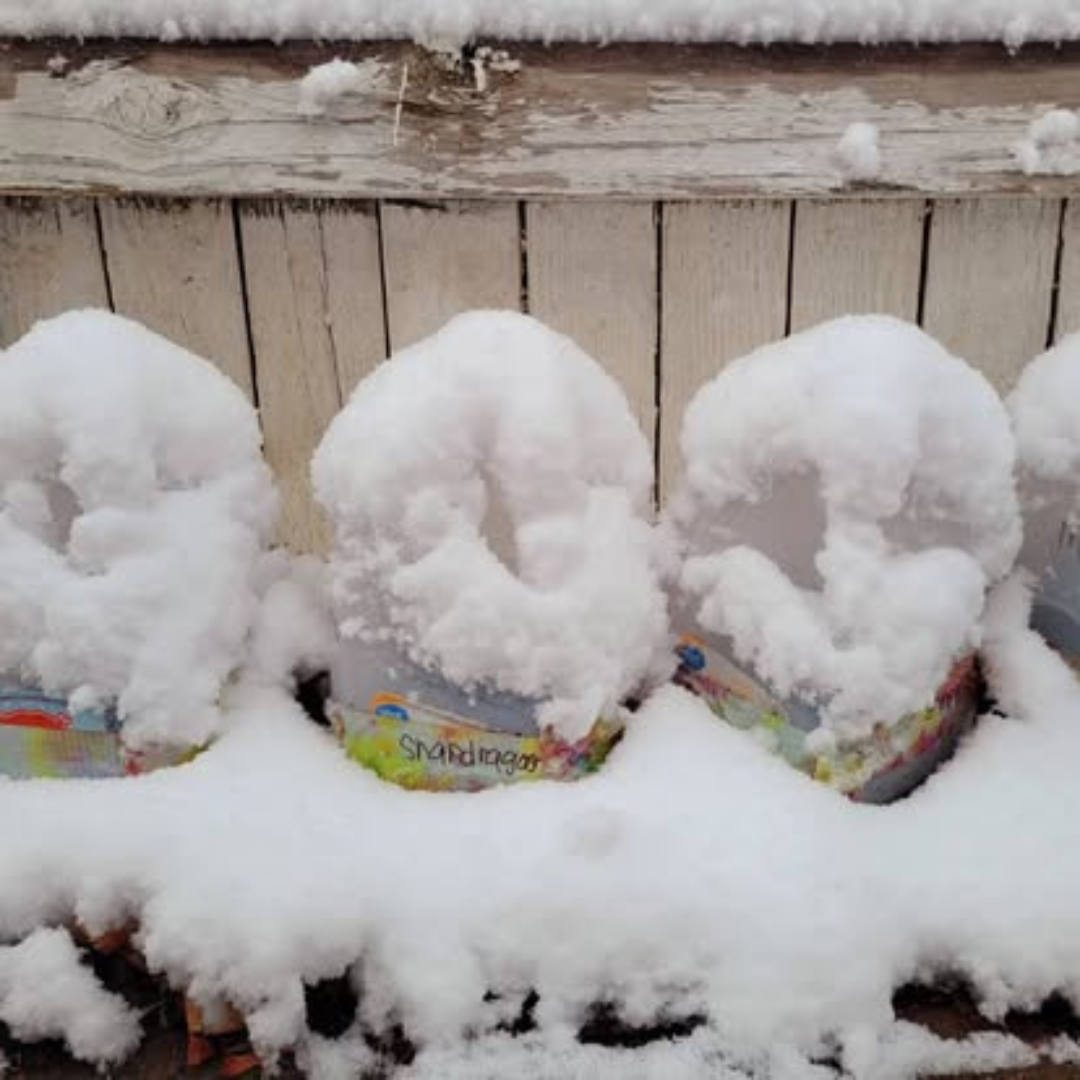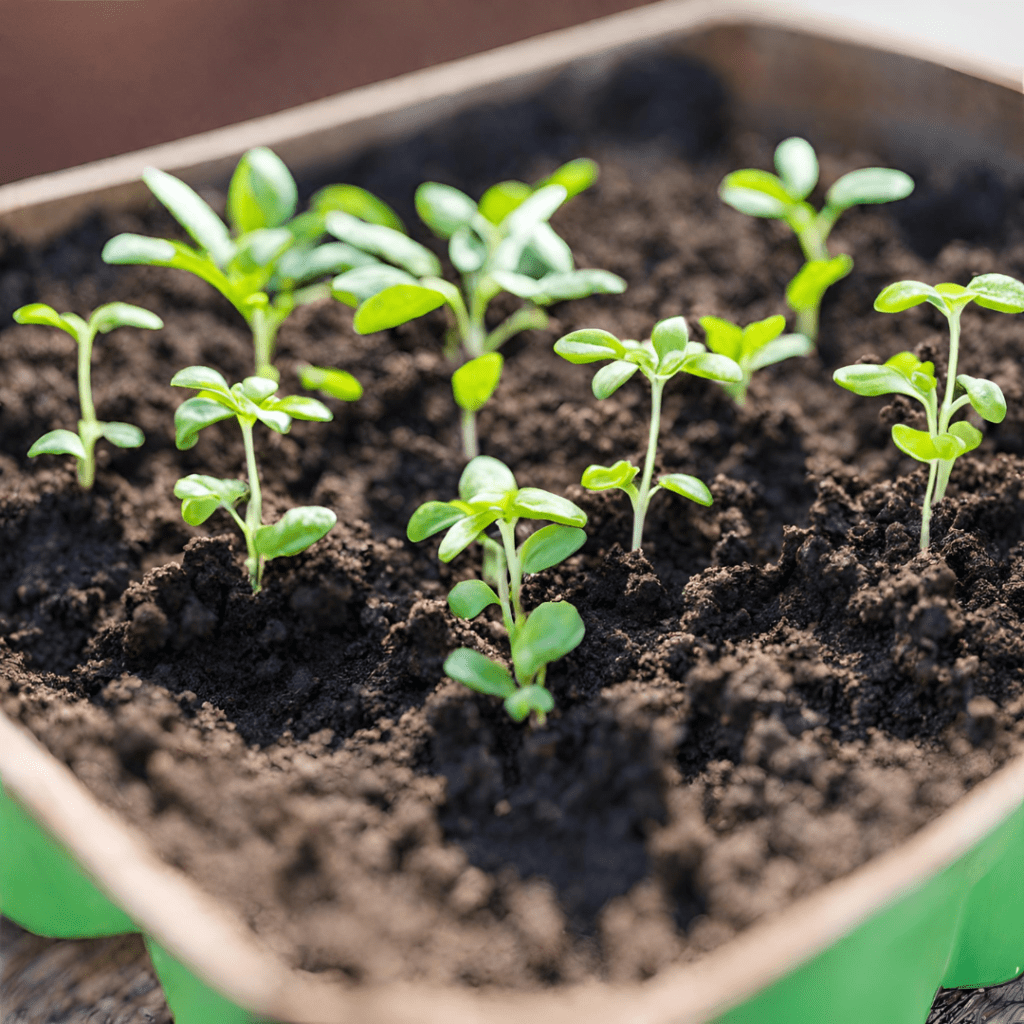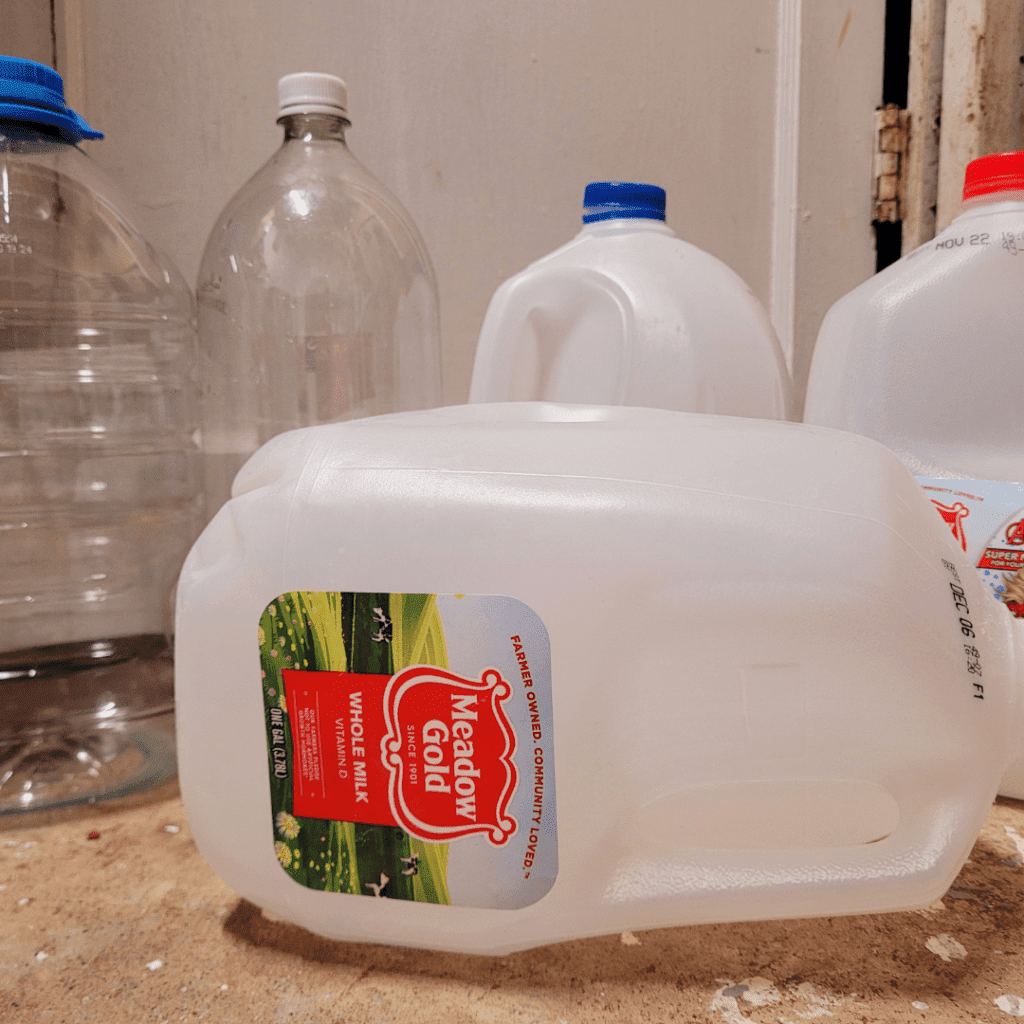Learn how to build mini greenhouses for winter sowing and protect your seeds during cold months. These small, easy-to-make structures provide insulation, drainage, and a controlled environment, helping hardy seedlings thrive outdoors. Discover step-by-step tips to create durable, cost-effective mini greenhouses for a successful spring garden.
Winter sowing is a gardening technique that allows you to start seeds outdoors during the cold winter months, utilizing mini greenhouses to create optimal growing conditions. This innovative approach provides several advantages over traditional methods of starting seeds indoors. By harnessing the power of natural elements and taking advantage of winter dormancy, you can give your plants a head start and significantly extend your growing season.
In this article, I will explore the process of building mini greenhouses for winter sowing and provide you with valuable insights on selecting the right location, containers, and seeds, and caring for your plants throughout the winter. Discover the joy of winter sowing and unlock the potential of your garden like never before.
This is a pinnable post. Tap or hover over any image in this post to pin to your Pinterest Boards.
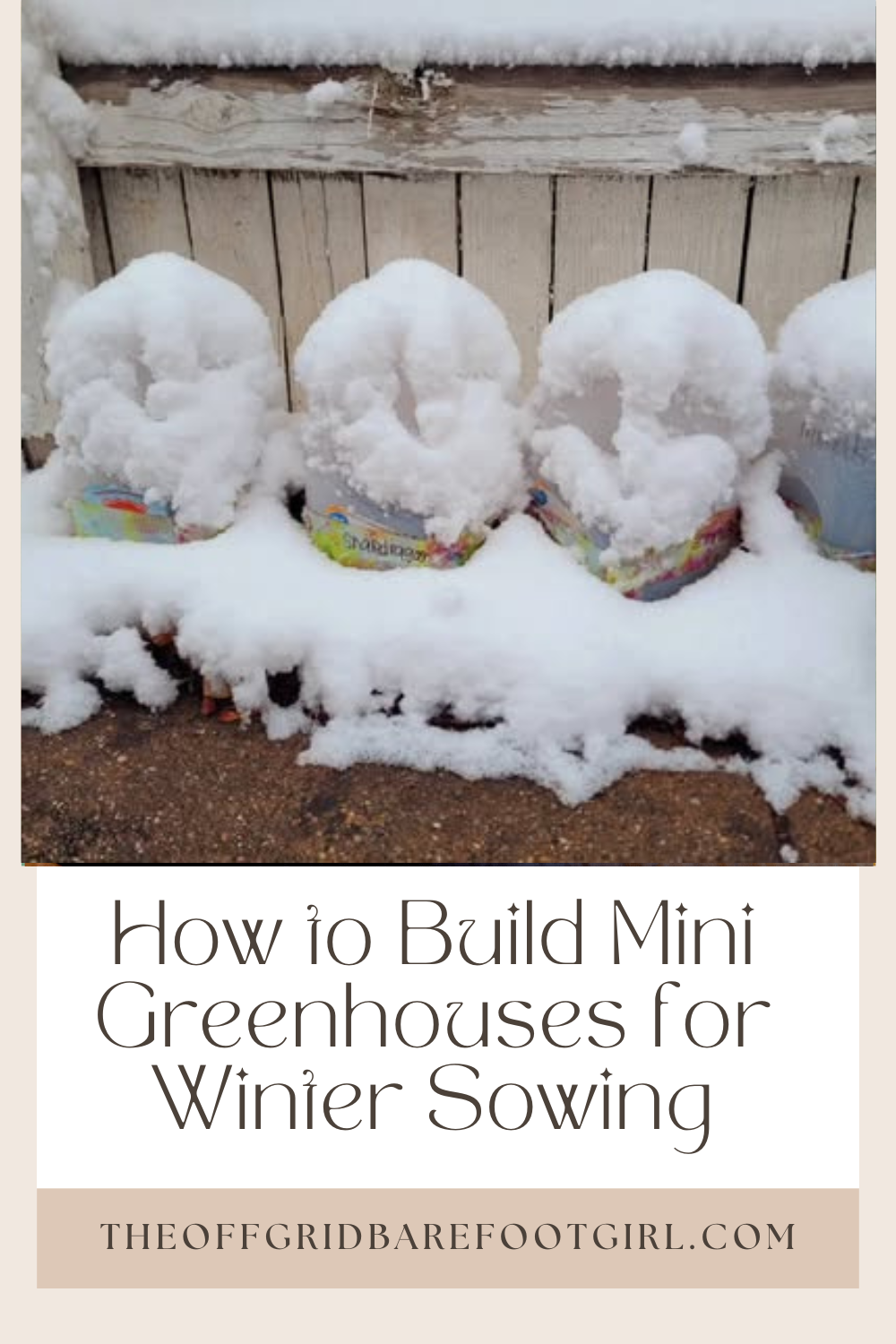
Introduction to Winter Sowing and Its Benefits
What is Winter Sowing?
Winter sowing is a gardening technique that takes advantage of the winter temperatures to start growing seeds outdoors in mini greenhouses. Instead of starting seeds indoors or waiting for spring, you can sow seeds in containers and let Mother Nature work her magic.
Advantages of Winter Sowing
Winter sowing offers several benefits for gardeners. Firstly, it is a low-cost and low-maintenance method of growing plants. You don’t need fancy equipment or artificial lighting. Secondly, it mimics the natural germination process, resulting in stronger and more resilient seedlings. Additionally, it allows for an early start to the gardening season, giving your plants a head start for robust growth.
Choosing the Right Location for Mini Greenhouses
Evaluating Sunlight Exposure
When selecting a location for your mini greenhouses, consider the amount of sunlight the area receives. Most plants need at least 6 hours of direct sunlight daily, so choose a spot with ample exposure to the sun’s rays. Avoid areas with excessive shade as it can hinder plant growth.
Considering Wind Protection
In addition to sunlight, wind exposure is another important factor to consider. Strong winds can damage your mini greenhouses and harm delicate seedlings. Look for a location that provides some natural wind protection, such as against a wall or near larger plants. If needed, you can also create windbreaks using mesh or temporary structures.
Select a Suitable Location for Building Mini Greenhouses
Choosing a Suitable Location
Choose a location with good sunlight exposure and proper drainage. Consider factors like wind direction and accessibility.
Gather Materials and Tools for Building Mini Greenhouses
Collect materials based on your greenhouse design. Common materials include PVC pipes, galvanized steel pipes, wood, polyethylene film, polycarbonate panels, or greenhouse kits. You’ll also need basic tools like saws, drills, and screwdrivers.
Building the Mini Greenhouse Structures
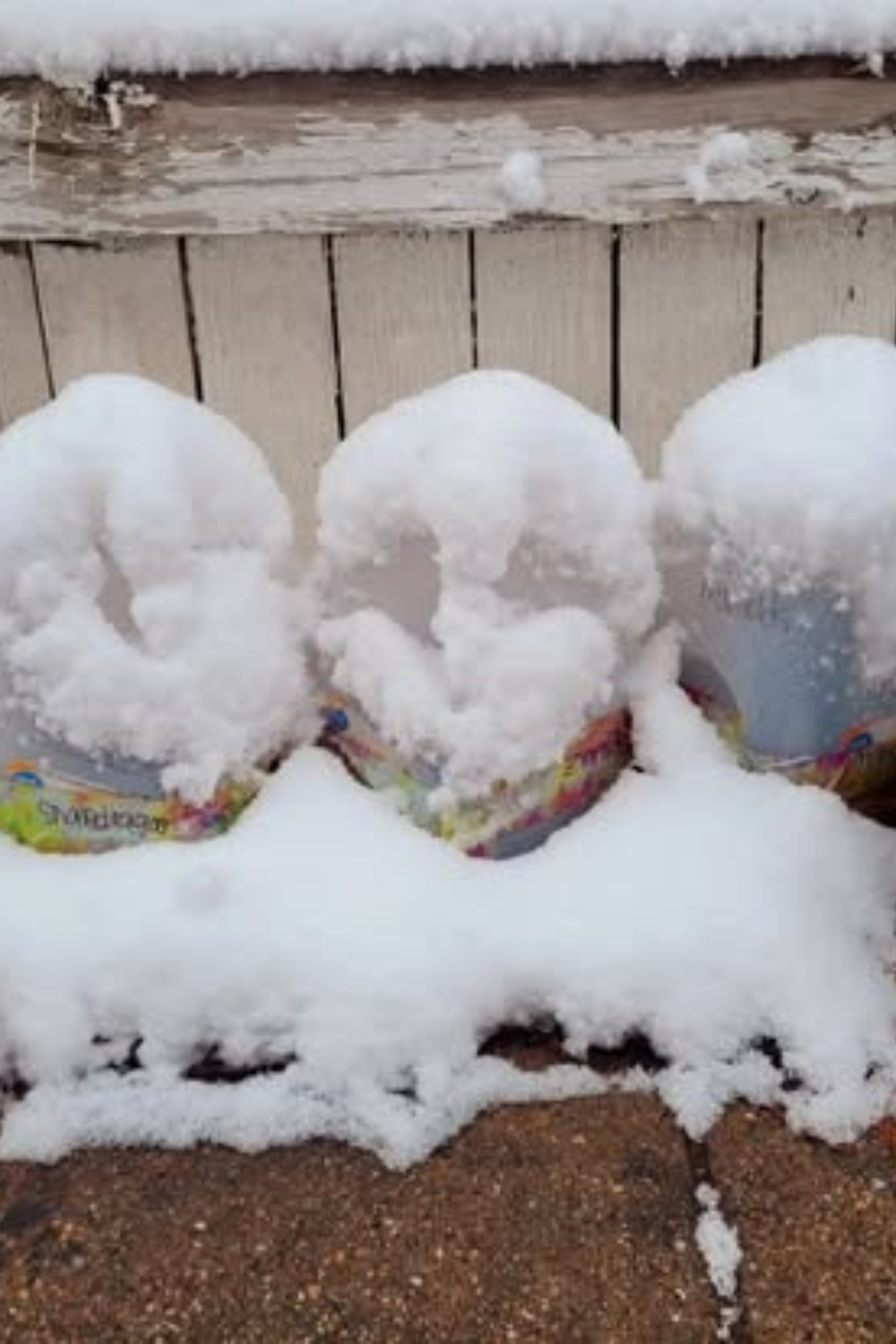
Creating a Foundation
Depending on your greenhouse type, you may need a foundation. Options include concrete footings, treated lumber, or even just anchoring the structure directly to the ground.
Building the Frame
Construct the frame according to your chosen design. This might involve assembling PVC pipes, creating a wooden frame, or using metal tubing. Ensure that the frame is sturdy and well-anchored to withstand weather conditions.
Adding Ventilation
Greenhouses need proper ventilation to regulate temperature and humidity. Include roof vents, side vents, or louvers that can be opened and closed as needed.
Covering the Frame
Cover the frame with a suitable material. Common options include polyethylene film, polycarbonate panels, or greenhouse shade cloth. Ensure that the covering is securely attached and provides adequate insulation.
Installing the Doors and Entryways
Include doors for easy access. Make sure they can be securely closed to maintain the internal climate.
Preparing the Soil and Planting Seeds for Winter Sowing
Soil Preparation for Winter Sowing
When it comes to preparing the soil for winter sowing, the goal is to create a cozy, nutrient-rich environment for your seeds to thrive in. Start by loosening the soil in your mini greenhouse using a garden fork or tiller. This will help improve aeration and drainage. Next, mix in some compost or aged manure to give your plants a good dose of organic matter. Remember, just like a warm blanket, the soil should be fluffy and well-nourished!
Planting Seeds in Mini Greenhouses
Now that you’ve got your soil prepped and ready, it’s time for the fun part – planting the seeds! Fill each mini greenhouse with moistened seed starting mix, leaving about 1/4 inch of space at the top. Gently press your seeds into the soil according to the planting depth recommended on the seed packet. Then, cover them with a thin layer of soil and give them a nice drink of water. Remember to label each mini greenhouse with the name of the seeds you planted, because let’s be honest, winter can make us forgetful!
Maintaining and Monitoring the Mini Greenhouses During Winter
Watering and Moisture Control
Just like with any relationship, it’s all about finding the right balance – in this case, the perfect moisture balance for your mini greenhouses. You want to keep the soil consistently moist, but not soaking wet. Check the moisture level regularly and water as needed. A spray bottle can come in handy for a gentle misting when your plants are feeling a bit parched. And don’t worry if your plants start to throw a little tantrum, drooping a bit can actually be a sign that they need a sip of water.
Ventilation and Temperature Regulation
Hey, even plants need fresh air! It’s important to provide proper ventilation for your mini greenhouses to prevent mold or mildew from taking over like an uninvited guest. Open the lids or vents during the day to allow air circulation, and close them at night to capture the warmth. On sunny winter days, your mini greenhouses may turn into saunas, so keep an eye on the temperature and crack open the lids if they get too toasty.
Transplanting Seedlings and Caring for Plants as Spring Approaches
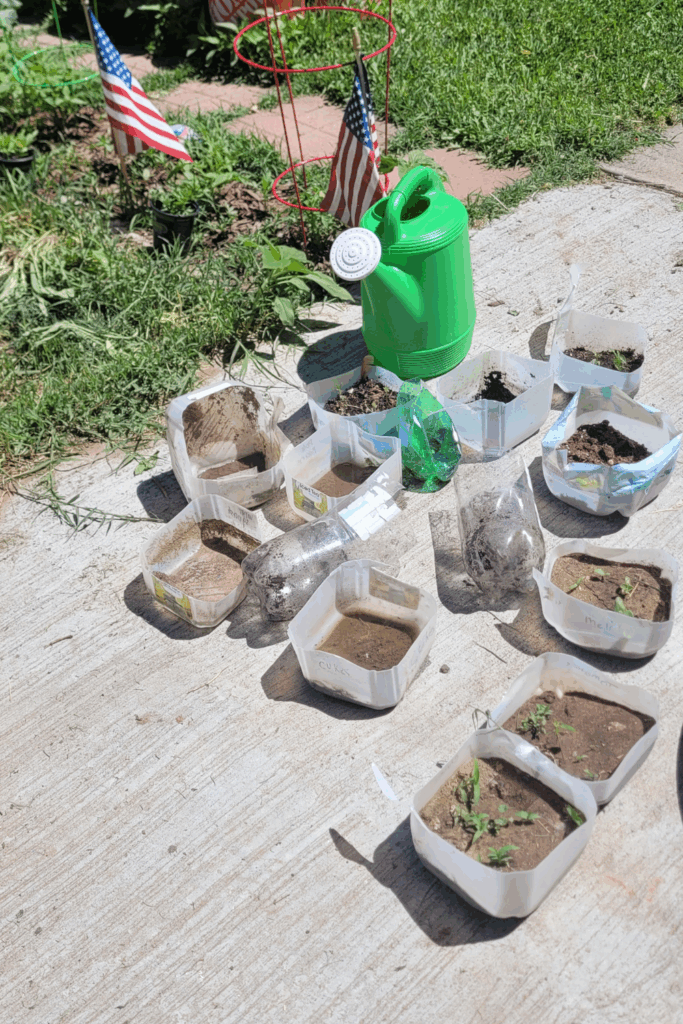
Transplanting Seedlings to Larger Pots
Congratulations, your seedlings are growing up! As spring approaches and your plants outgrow their mini homes, it’s time to give them a little more room to spread their roots. Gently transplant your seedlings into their forever home in the garden. Handle them with care, as you would with a delicate baby bird, and make sure to avoid disturbing their tender roots. As they settle into their new spots, provide them with plenty of sunlight and love to help them flourish.
Tips and Tricks for Successful Winter Sowing
Choosing the Right Seeds for Winter Sowing
Not all seeds are cut out for winter sowing, so be selective when choosing your plant babies. Opt for cold-hardy varieties that can withstand frost and chilly temperatures. Look for plants that have a longer germination period, as they tend to do better in extended winter conditions. And hey, if you’re feeling adventurous, try your luck with some cool-season vegetables or perennials – they’ll add some flair to your winter garden!
Troubleshooting Common Issues
Winter sowing might not always go as smoothly as planned, but don’t fret! If you notice your seedlings stretching towards the light like they’re desperately reaching for the sun, they may be suffering from inadequate light. Consider supplementing with a grow light to keep them happy and upright. If your mini greenhouses start resembling a tropical rainforest with excessive condensation, you may need to increase air circulation or reduce watering. And if you encounter any other issues along the way, just remember to stay calm and think creatively – your plants are counting on you!
Conclusion
In conclusion, winter sowing with mini greenhouses is an excellent technique for avid gardeners looking to get a jump start on the growing season. By following the steps outlined in this article, you can create a nurturing environment for your seeds and watch them thrive even in the coldest months. Embrace the beauty of winter gardening and enjoy the rewards of a bountiful spring harvest. Get ready to witness the magic of nature at work and discover the wonders of winter sowing in your own backyard.

Frequently Asked Questions
1. Can I use any type of container for winter sowing?
While you have some flexibility in choosing containers for winter sowing, it is important to select ones that allow for good drainage and can withstand freezing temperatures. Recycled plastic containers, milk jugs, and clear plastic storage bins are popular choices. Avoid containers that may crack or break when exposed to extreme cold.
2. Do I need to provide additional heat for the mini greenhouses during winter?
In most cases, additional heat is not necessary for winter sowing. The mini greenhouses create a microclimate that traps heat from the sun and insulates the plants. However, if you live in an area with extremely harsh winters, you may need to provide some supplemental heat using methods like insulating the containers or using heat mats or outdoor heaters.
3. How often should I water the seeds in the mini greenhouses?
The frequency of watering will depend on various factors such as weather conditions and the moisture retention capabilities of your containers. It is important to keep the soil consistently moist, but not waterlogged. Check the moisture levels regularly and water when the soil feels slightly dry to the touch. Avoid overwatering, as it can lead to fungal diseases.
4. What types of plants are suitable for winter sowing?
Winter sowing is suitable for a wide range of plants, including hardy flowers, vegetables, and herbs. Cold-tolerant varieties such as pansies, calendulas, snapdragons, lettuce, and kale are ideal choices. However, it’s important to research and select seeds that are appropriate for your specific climate and the conditions of your mini greenhouses.
Summary
I hope I have inspired you to try your skills at winter sowing with these tips and products.
If you were encouraged by this post, I invite you to check out my FREE Printables Page for fun free printables, planners, and charts.
ENTER MY FREE Printables Page HERE
Here are some more of my winter gardening inspiration posts to check out!
How to Repurpose Everyday Items into Winter Sowing Containers
Root Vegetables That Thrive in Winter Sowing: Ultimate List
How to Grow Cold Hardy Greens for Winter Sowing
Top Winter-Sowing Vegetables for a Head Start in the Garden
Getting Started with Winter Sowing: The Ultimate Guide
The Benefits of Successful Winter Sowing for Vegetables in Containers
The Ultimate Guide to Choosing the Best Soil for Winter Sowing
Planning Your Garden: How to Plan a Vegetable Garden: Expert Green Thumb Tips!
Winterizing the Garden: How to Winterize Your Vegetable Garden: Step-by-Step Checklist
Mulching the Garden: How to Make Leaf Litter Mulch
How to Grow a Fall Garden: 9 Best Fall Crops
Blessings,
The Off Grid Barefoot Girl

